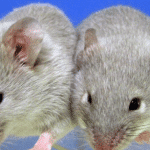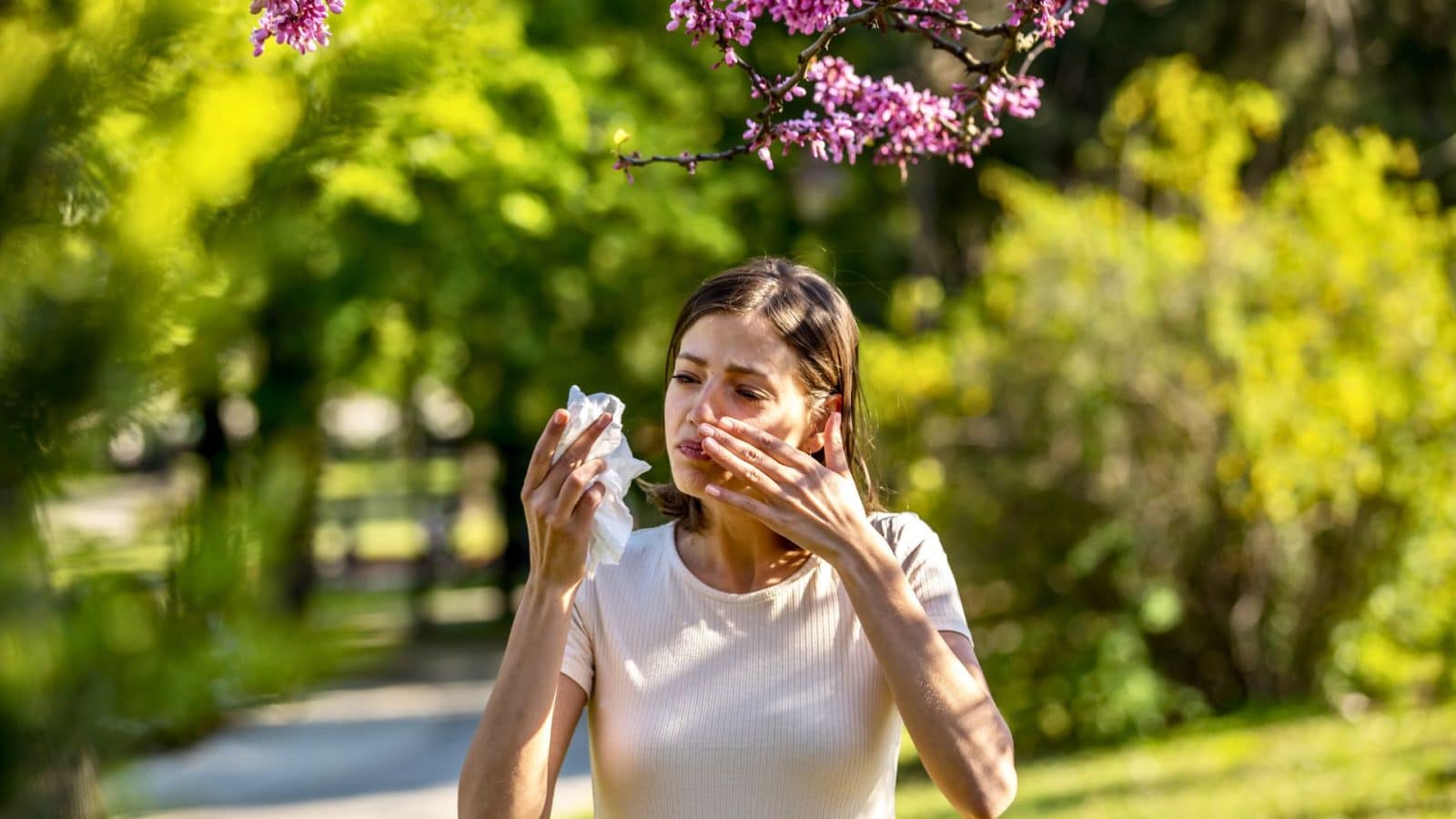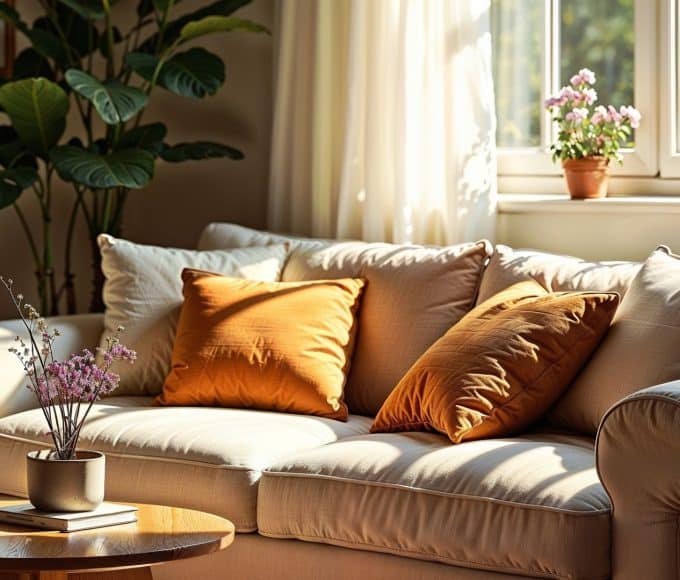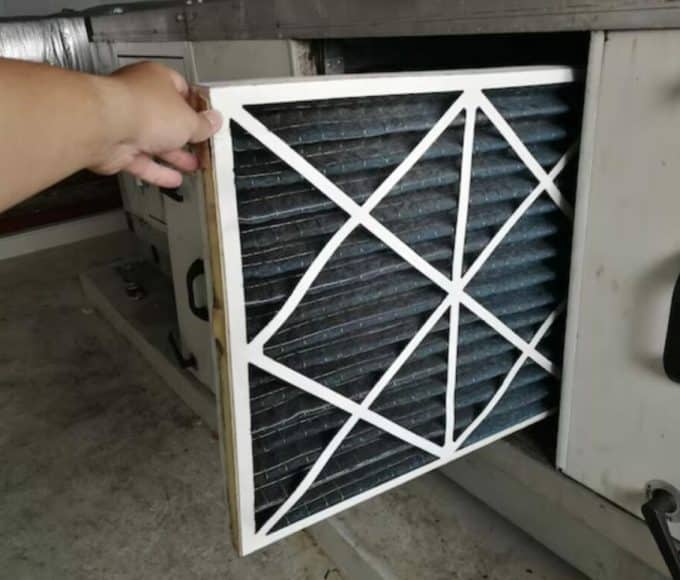Allergies can significantly impact your quality of life, especially when triggers are lurking within the walls of your own home. If you find yourself constantly sneezing, coughing, or dealing with itchy eyes, it might be time to investigate the things in your home that are making your allergies worse. Consider the allergy-inducing substances on our list below so that you can find the culprit faster.
Dust Mites
You might think dust mites are just a substance found under old furniture, but they’re actually microscopic pests that are common in bedding, upholstery, and carpets. These tiny pests feed on dead skin cells and produce waste that can trigger allergic reactions.
Solution
Wash your bedding in hot water weekly, use an allergen-proof mattress and pillow covers, and vacuum frequently with a HEPA filter vacuum cleaner. Ensuring your home has effective ventilation and maintaining low humidity levels can also help.
Pet Dander
Pets bring joy and companionship, but they also shed tiny flakes of skin known as dander, which can become airborne and cause allergic reactions. Even pets that some consider hypoallergenic can produce dander.
Solution
Regularly grooming your pets and keeping them off furniture and out of the bedroom can minimize exposure. Using air purifiers and frequently cleaning your home can also help reduce dander levels.
Mold Spores
Mold thrives in damp, dark areas of your home, such as basements, bathrooms, and kitchens. The impact of mold on allergies is difficult to overstate. You can inhale the spores released by mold, which can exacerbate allergy symptoms.
Solution
Address any moisture issues in your home by fixing leaks and using dehumidifiers. Clean moldy surfaces with a solution of water and bleach. If the mold is persistent or severe, you may need to consider a remediation service.
Pollen Grains
Pollen from trees, grasses, and weeds can enter your home through open windows and doors or by attaching to clothing, shoes, and pets. Once inside, pollen can trigger allergic reactions.
Solution
During high pollen seasons, keep windows and doors closed and use air conditioning to filter out pollen. Shower and change your clothes after spending time outdoors to reduce the amount of pollen brought into your home. Regularly clean and vacuum to remove any pollen that has settled indoors.
Household Cleaning Products
Ironically, some cleaning products intended to keep your home healthy can actually contribute to allergy problems. Many household cleaners contain chemicals that can irritate the respiratory system and skin.
Solution
Use natural, fragrance-free cleaning products, or make your own using simple ingredients such as vinegar and baking soda. Always ensure good ventilation when cleaning, and consider wearing a mask and gloves to reduce exposure to harmful chemicals.
Understanding and addressing the things in your home that are making your allergies worse can significantly improve your comfort and well-being. By taking proactive measures to reduce allergens, you can create a healthier living environment and breathe easier.
If you or your family struggle with indoor allergies but can’t seem to find the reason why, there may be some hidden causes right under your nose. Keep reading for the surprising sources of indoor allergies and some solutions to these that can help your family start breathing easier. Learn more here: Surprising Sources of Indoor Allergies















